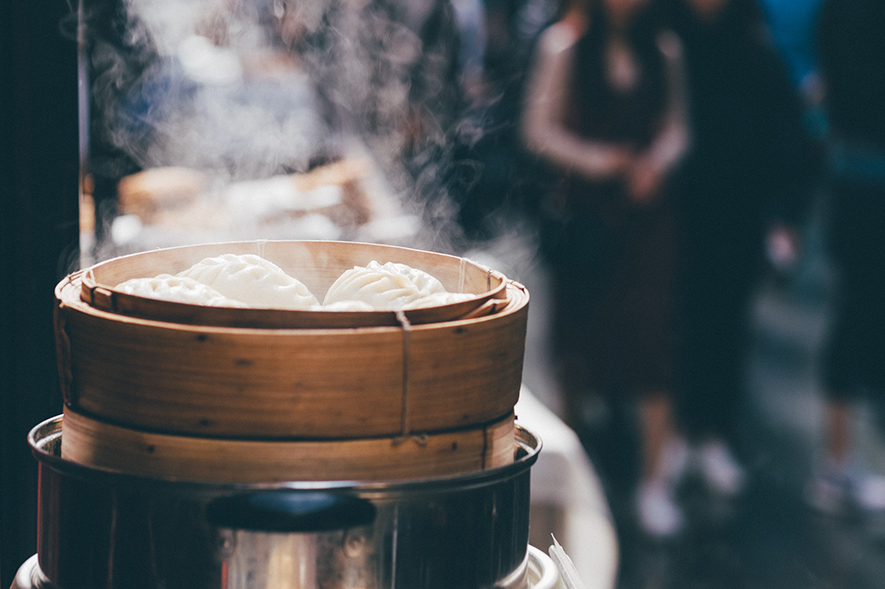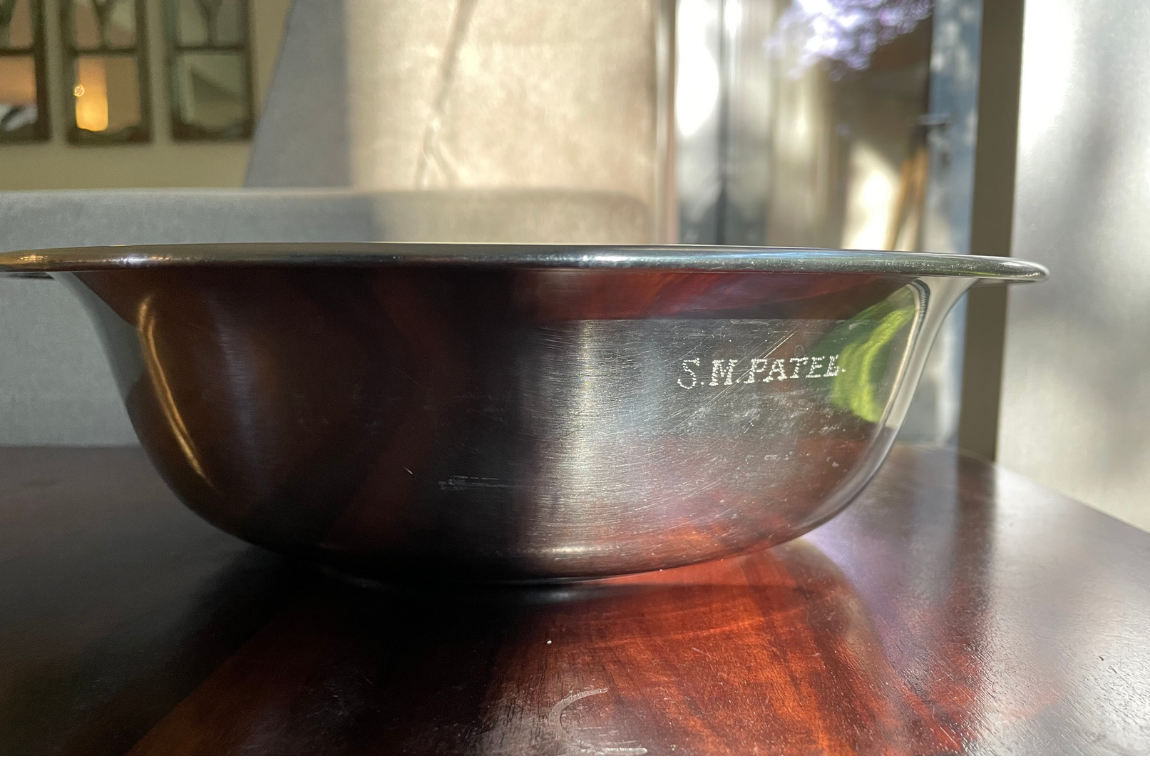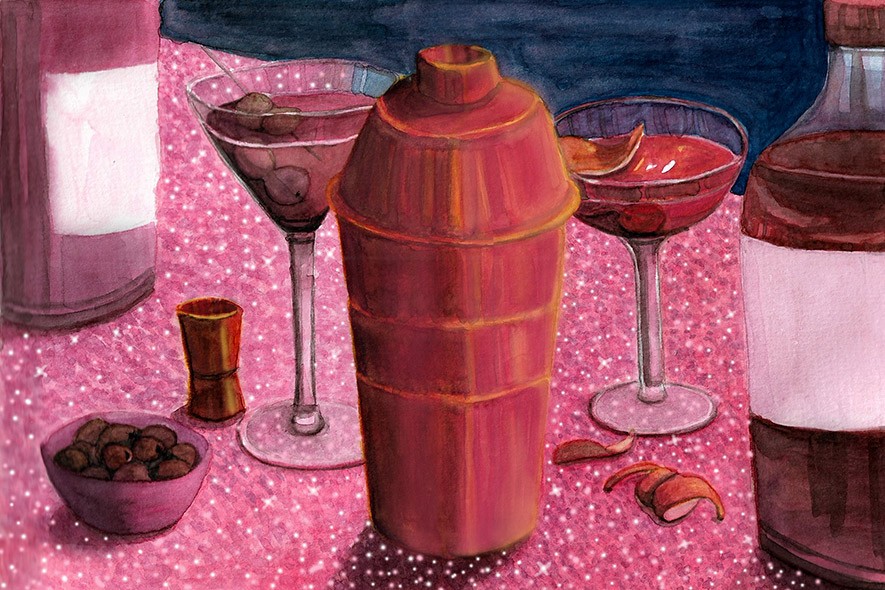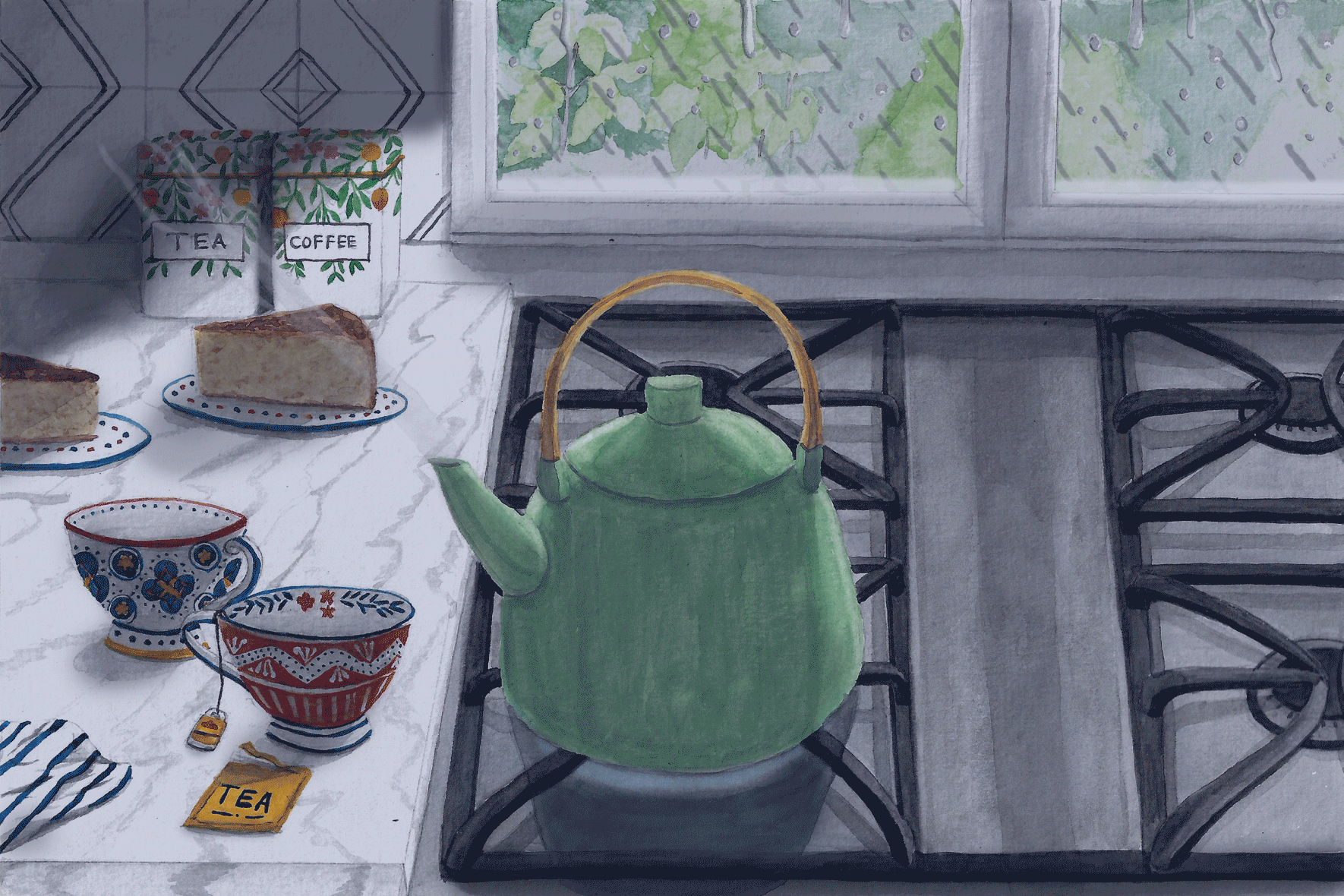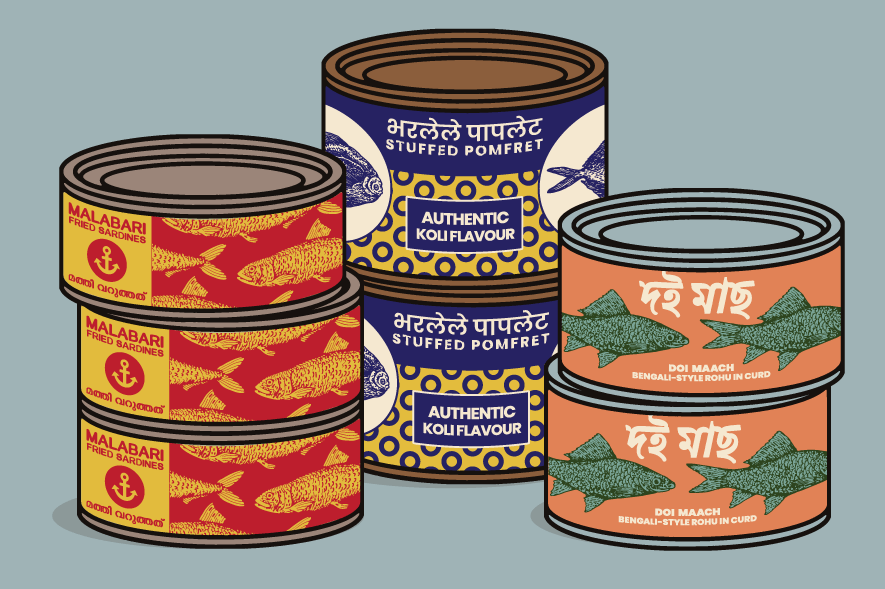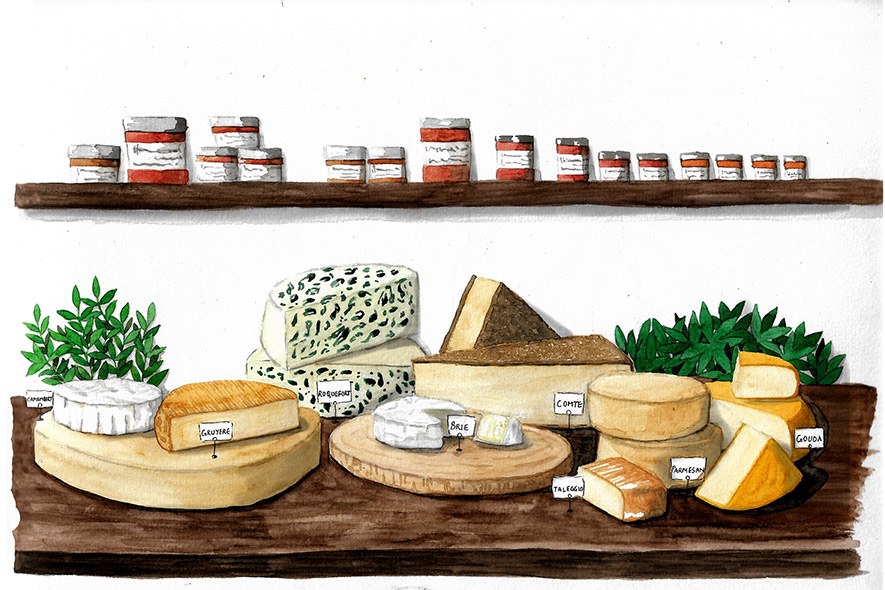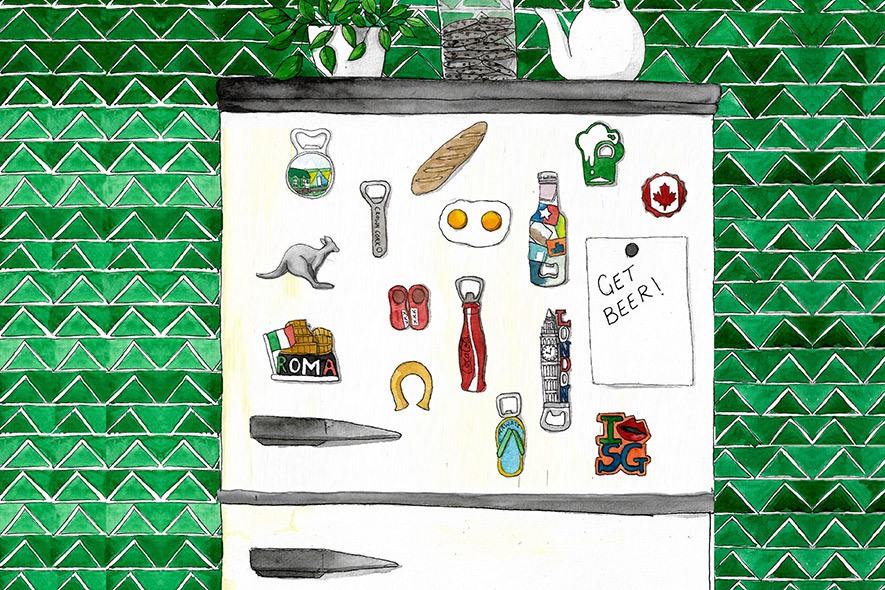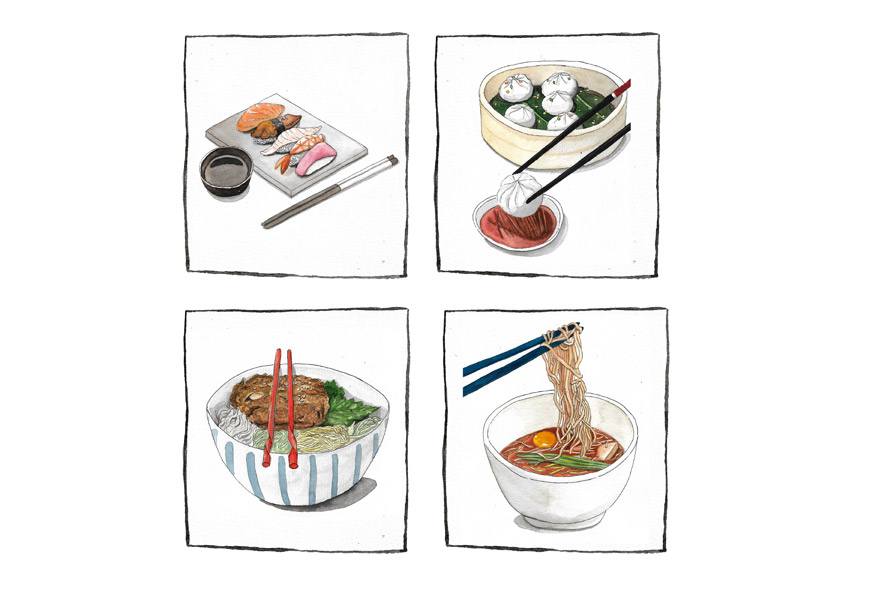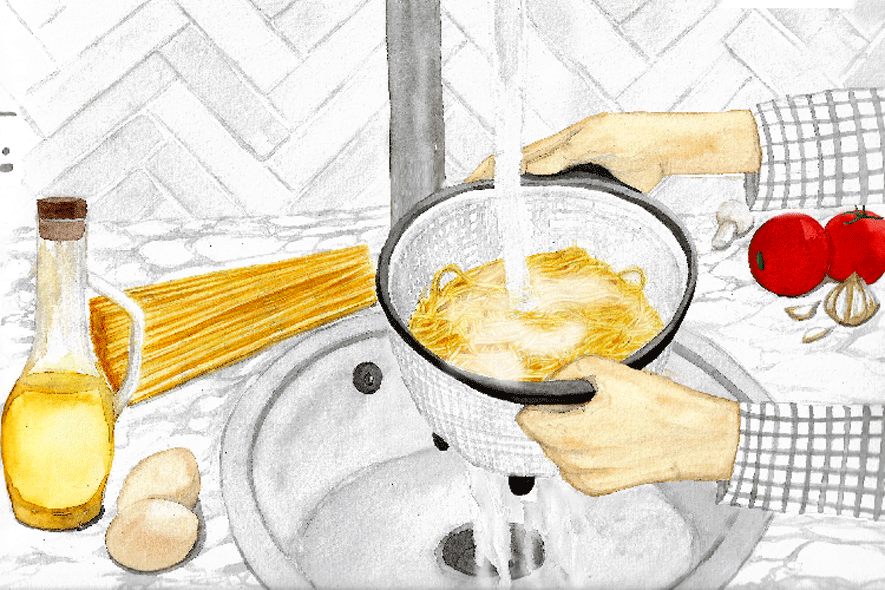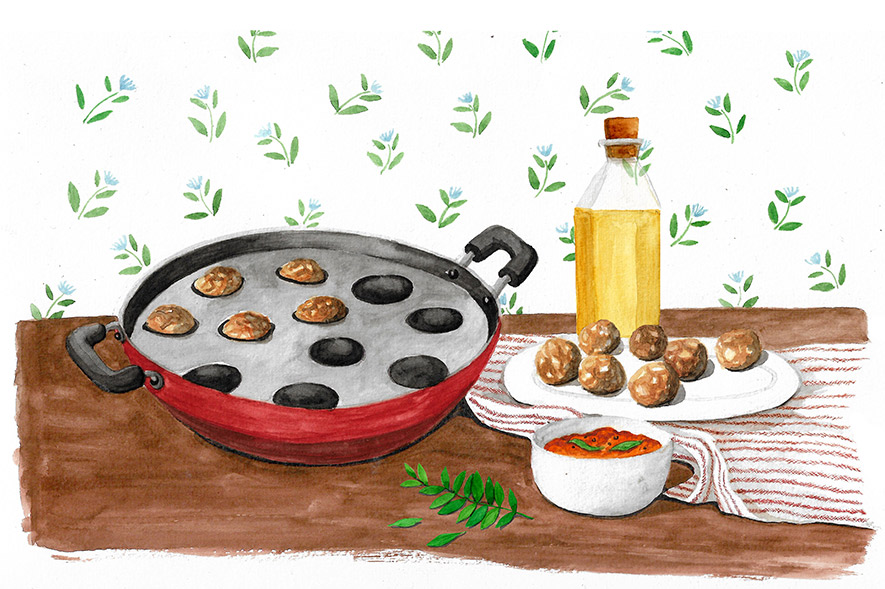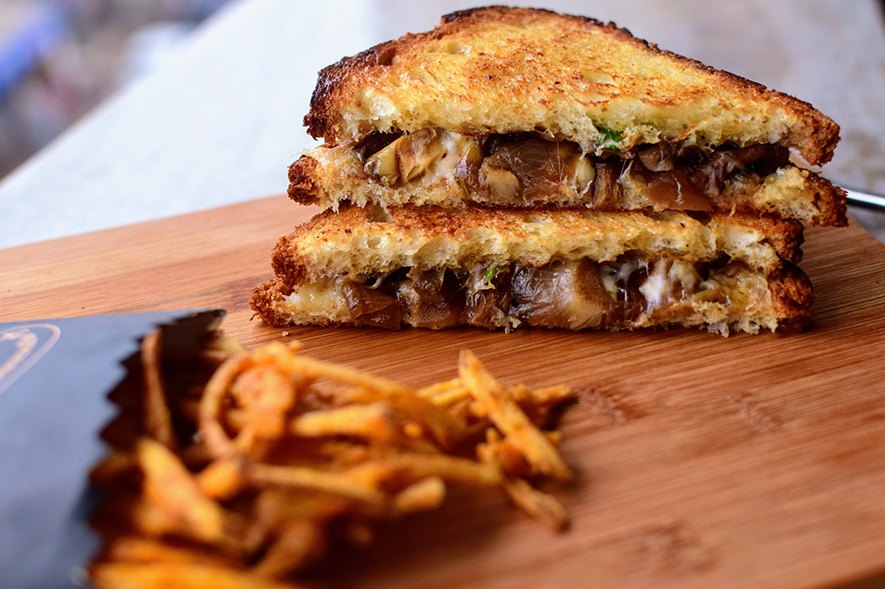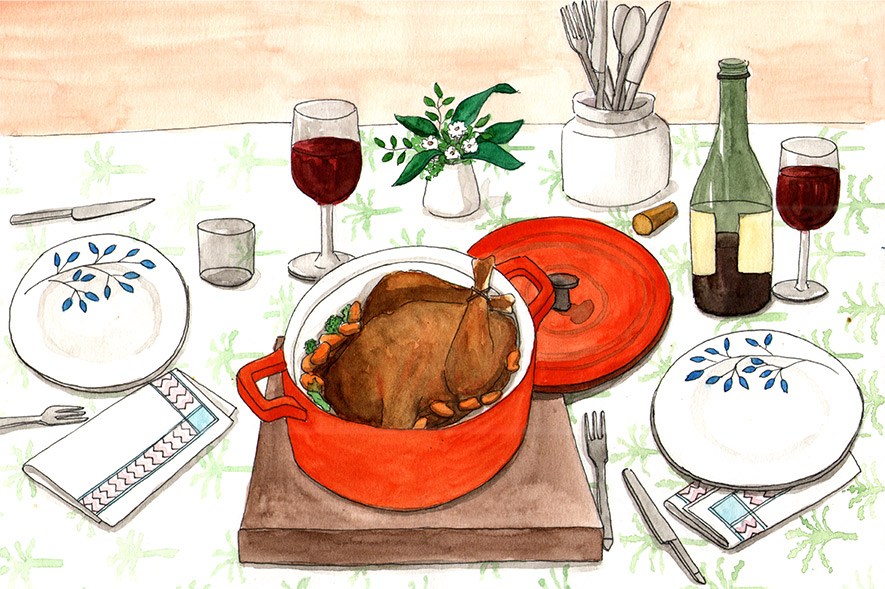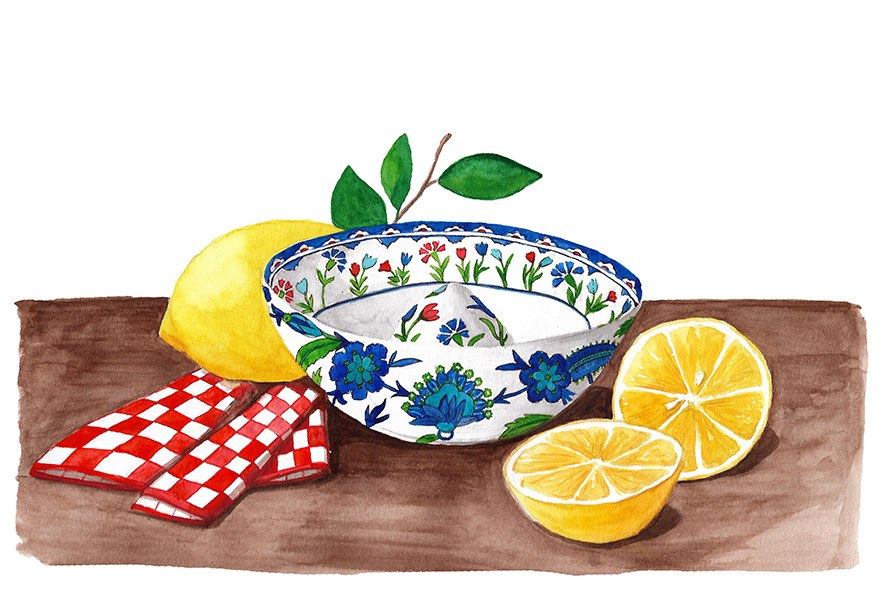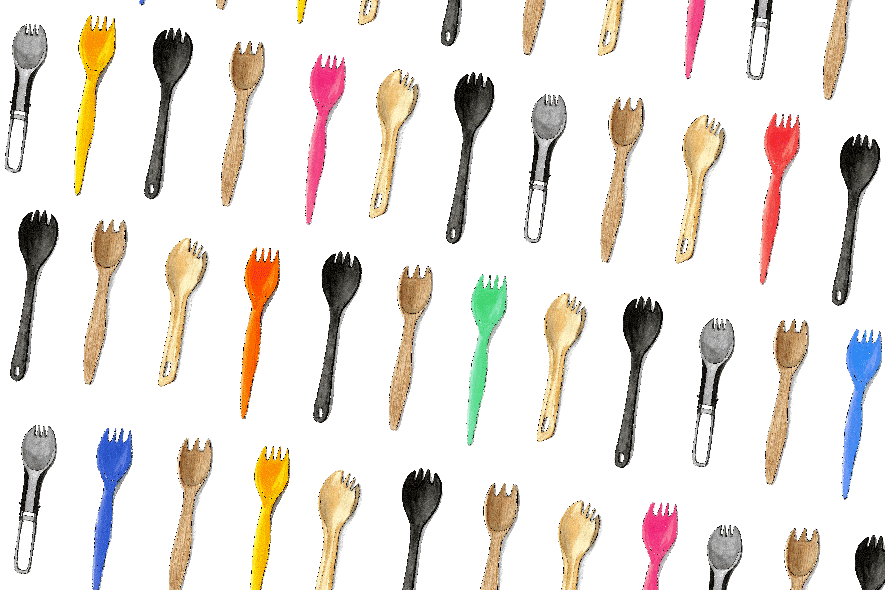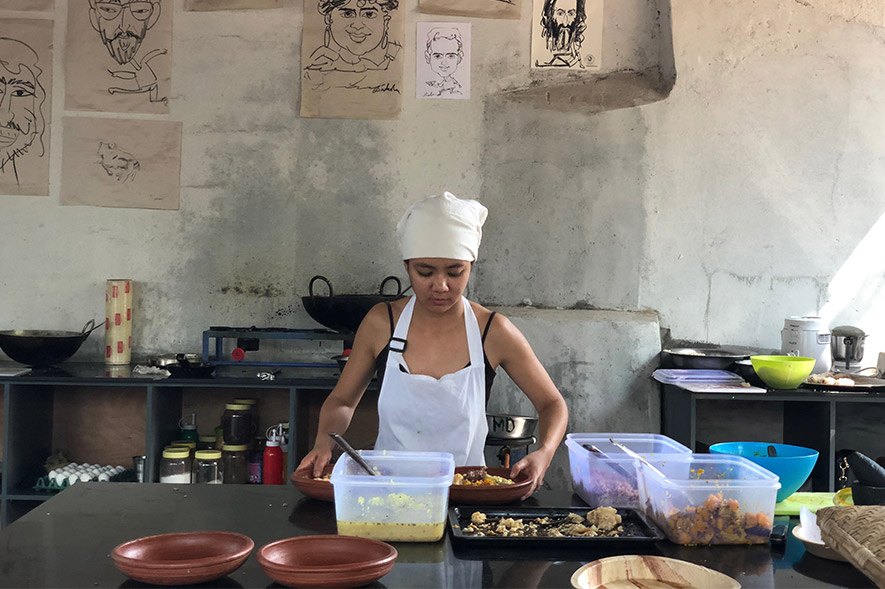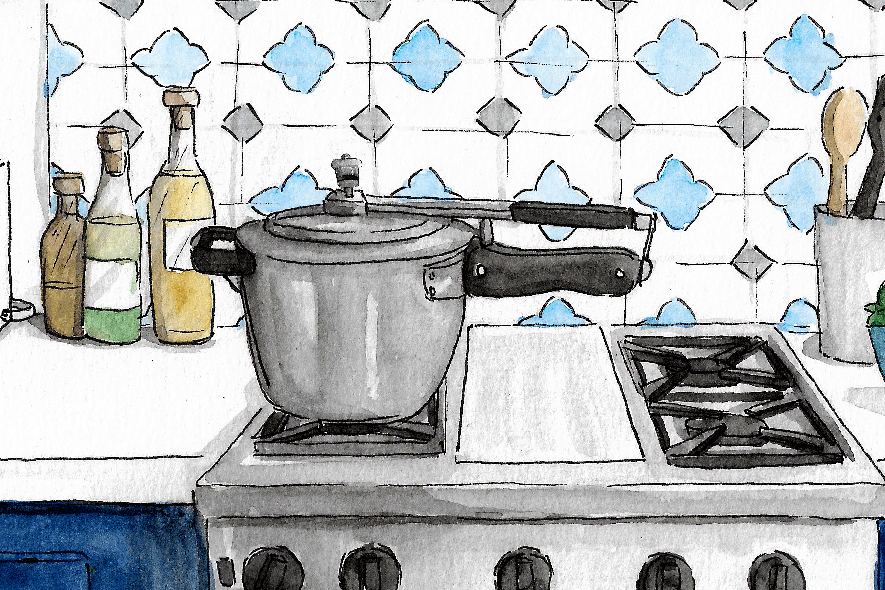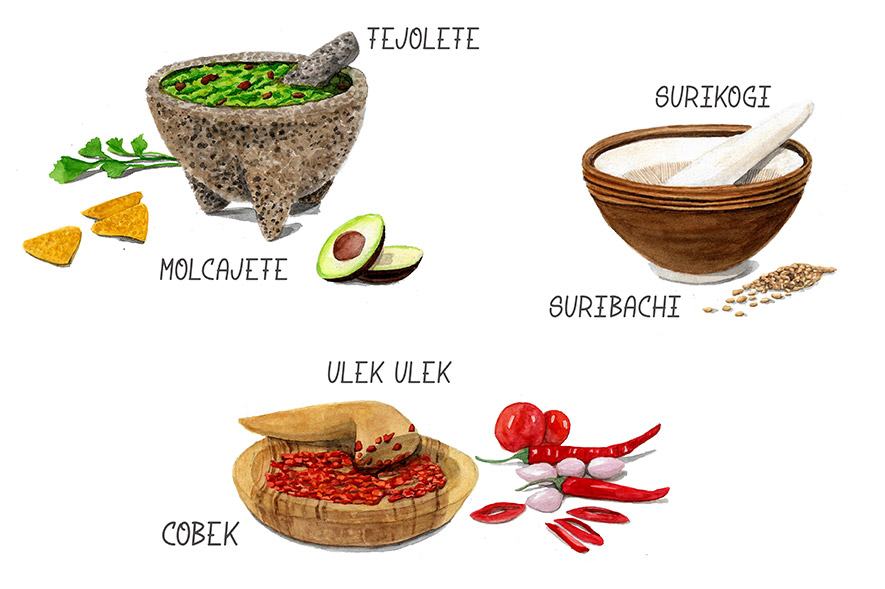If there was one dumpling to rule them all, it would be the momo. From street stalls in the hills of Mussoorie and Darjeeling to high-end restaurants in Manhattan and Dubai, the delectable dough parcel’s loyal fan base stretches across continents, cultures and classes. But much of the momo’s charm lies outside its steamy filling. The spicy salsa-esque sauce occupying a strategic dipping position at the centre of most platefuls of momos is rather indispensable and often wiped out all too quickly. Remember the number of times you’ve had to say, “Please, may I have some more?” Enter jhol momos — steamed dumplings drowned in a bowl of soupy chutney — the answer to all dipping dilemmas!
A traditional Nepalese preparation, the jhol momo is as ubiquitous a street food as puchka in Kolkata or vada pav in Mumbai. ‘Jhol’, in this case, doesn’t refer to the colloquial Bambaiyaa term for mess, neither is it derived from ‘jhal’, the Bengali word for spice. In Nepali, jhol means liquid, and achaar means sauce, so jhol achaar refers to the vibrant, tangy sesame-based broth that acts as a perfect foil to meaty momos. The broth is made up of dried soyabeans, tomato, onion, garlic and coriander, but the distinct citrusy flavour can be attributed to hog plum powder. Better known in Nepal as lapsi, hog plum is an extremely tart, pale yellow fruit, usually eaten fresh or pickled, or used as a souring agent in local dishes.
The jhol momo is a concoction of contrasting textures, temperatures and tastes. Cold, spicy soup balances out steaming, doughy balls in a bowl that provides much comfort if you’re down with a terrible cold or dealing with heartbreak. The uncanny combination of wholesomeness and chutzpah has transported this humble Nepalese dish from the winding lanes of Kathmandu to Himalayan restaurants in Queens, where it sits elegantly on multiple menus along with its other favoured cousins.
When it comes to momos, there’s no clear king. But a momo that doesn’t call for a chutney refill would definitely get my vote.
Rarer Dumplings
The momo is only one of many dumplings available in India. In Tiffin, a book that celebrates India’s regional cuisine, author Sonal Ved shines the spotlight on lesser-known dumplings. From Jharkhand, there’s dhuska, a deep-fried rice and dal dumpling, and pitha, a rice flour dumpling that’s stuffed with a dal mixture. Fara, a light breakfast dumpling that’s also made from rice flour, hails from Chhattisgarh. Ved’s got recipes for these and hundreds of other local foods in her book, available here.
Kruti Dalal works in the social sector, writes only when the deadline is near, and can often be found reading in coffee shops. She tweets at @TejLocal and is on Instagram as @krutidalal.
Tell us what you think? Drop us a line.
